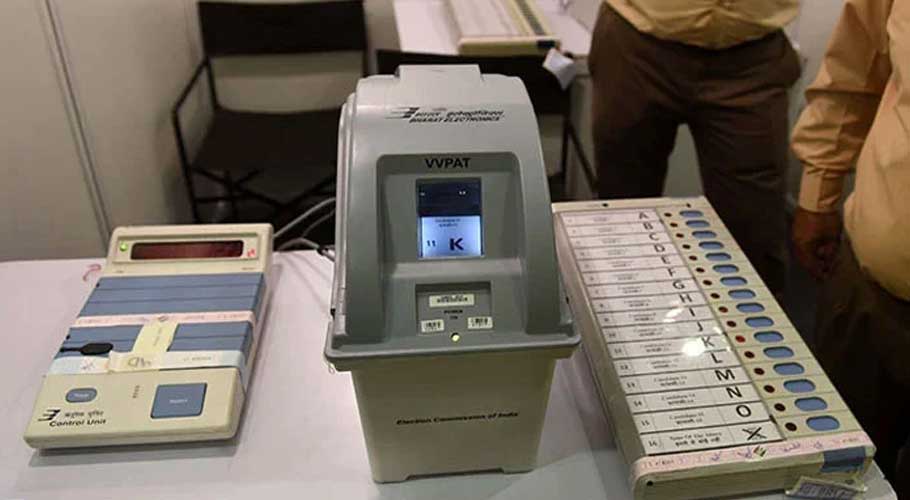![]() Follow Us on Google News
Follow Us on Google News
The ruling Pakistan Tehreek-e-Insaaf (PTI) finally succeeded in passing the bills that pave the way for holding the next general elections in the country through the use of electronic voting machines (EVMs) and giving around nine million overseas Pakistanis the right to cast their votes.
Surprisingly, the legislation pertaining to the electoral reforms — The Election (Amendment) Bill, 2021 — was deferred and only the bills related to using the EVMs and enabling overseas Pakistanis to cast votes were passed. In total, 33 bills were passed in the joint sitting.
Read More: Here’s a list of bills passed in Parliament
The opposition and the Election Commission of Pakistan (ECP) are on the same page when it comes to implementing the use of electronic voting machines. The tug of war between the government and the Opposition and ECP would continue but the question is how the machine would work.
How do EVM works?
The Pakistani prototype for the EVM seems very similar to the Indian version which works in a similar fashion. It has two units joined by a cable, a control unit (operated by the polling officers), and a balloting unit (used by the voters).
The balloting unit has labeled buttons and the voters may simply press the button corresponding to the candidate of their choice. The system is powered by a battery inside the control unit. The control unit stores the voting count and displays the result on 7 segments LED displays.
EVMs use the CPU and EEPROM memory chips that store the data. Both units operate in a ‘disconnected mode’, meaning they don’t have any wireless or wired internet components and interfaces – leaving any remote or software hacking out of the equation.
Modern EVMs now incorporate VVPAT (Voter Verified Paper Audit Trail) which provides a printout to every voter so they can check the symbol for the party they voted for. With this system, when a vote is cast, it is recorded in the memory of the control unit and at the same time, a barcode with vote data is printed out which is stored separately.
How many EVMs does Pakistan need?
Now, let’s get a scale of how large the traditional voting exercise is. In the 2018 polls, Pakistan had:
85,000 polling stations,
240,000 polling booths, and
95,000 voter identification units.
Going by the number of polling stations, polling booths and voter identification units used in the 2018 polls, Pakistan will need a total of 900,000-1,000,000 EVM machines to conduct polls for all provincial and national assembly seats in a single day.
Can EVMs be hacked?
Technically, it is true that since EVMs are not interconnected in any way, even though in few countries they need internet connectivity, they are not easy to hack, and would require physical access in order to tamper with the machine state.
Independent technology experts have repetitively stated that within minutes an EVM can be hacked by an ordinary computer literate person. Additionally, international question marks exist over the secrecy of the ballots by the use of EVMs and efficacy of the equipment. Several countries have tested and rejected EVMs. Only a few nations are currently using these machines.


























